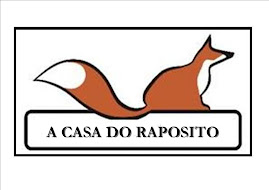 In the present Spanish provinces of Guipuzcoa, Vizcaya, and Navarra, there is no record whatsoever of Celtic dominance, or, for that matter, any dominance at all. For these are the Basque regions.
In the present Spanish provinces of Guipuzcoa, Vizcaya, and Navarra, there is no record whatsoever of Celtic dominance, or, for that matter, any dominance at all. For these are the Basque regions.The Celts would have found themselves moving through this area, but it would appear that the local populations were sufficiently strong to resist them, or to finally absorb them and completely transform them.
As is well-known, Basque bears no resemblance to Spanish, or any other language.
Farther west, however, the Celts either displaced or dominated the older stocks of people, amongst them would have been the Iberians. Still farther west and northwest, they found people very much like themselves and they began to blend with them. The Celts wore trousers, whereas the Iberians still wore robes. It is likely that the Celts brought the domesticated horse with them and it is also just as likely that the Celtiberians adopted the Celtic mode of dress. Another point worth mentioning is that the Celts had no written language, yet the Iberians did, in some cases quite sophisticated. It is this language which has been used to identify the names of the gods inscribed throughout the northwest.
The Celts came into Iberia with their flocks, families, and wagons. Interestingly, one type of wagon is still in use in Galicia today. Like the Iberians, with whom it is more than likely they share a common racial bond originating in the Middle East, they were a pastoral people. It is difficult to determine which kind of economy was dominant - as in all countries, this is determined by the region itself, but in the northern forests there was an abundance of everything they needed for their animals -beech mast and acorns for pigs, and food for their horses, cattle, and goats. On the Meseta, the land proved perfect for the harvesting of crops, and there it was this type of farming which predominated.
The wild boar seems to have been an object of veneration, possibly of both groups, but certainly after the two began to meld their very similar cultures. In the northwest, several Verracos have been found: crude stone sculptures of life-sized pigs. These appear to date to the 6th century BCE, and are considered Celt-Iberian.
But the veneration of the animal did not preclude its uses as a food, often perhaps as sacrificial animals, whose flesh was later enjoyed. Other animals also seemed to have been held sacred and it is noteworthy that the Irish Celts also kept sacred cattle and swine.
.




No comments:
Post a Comment